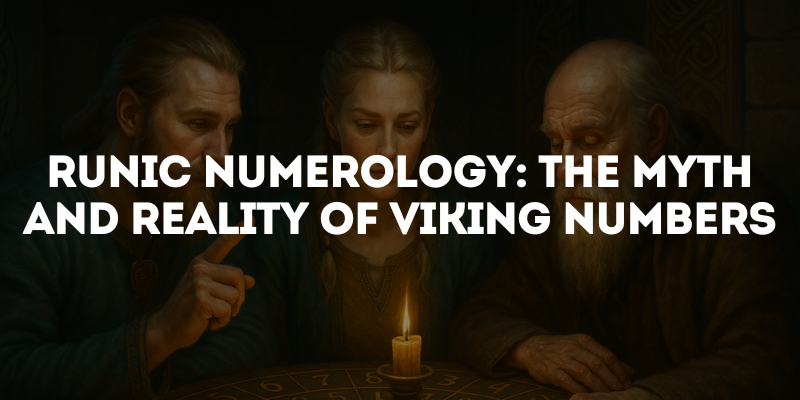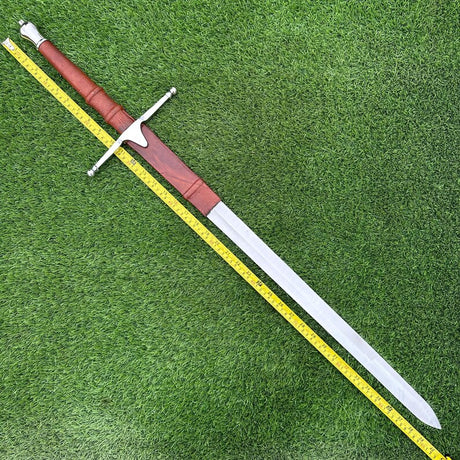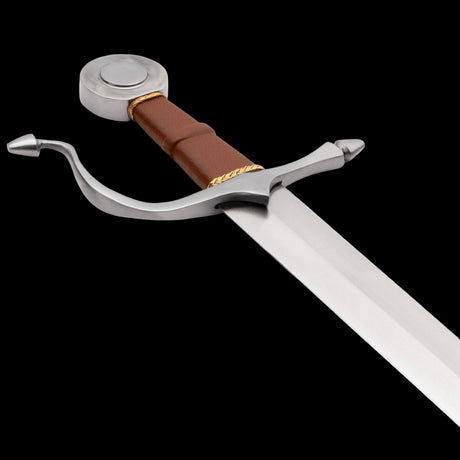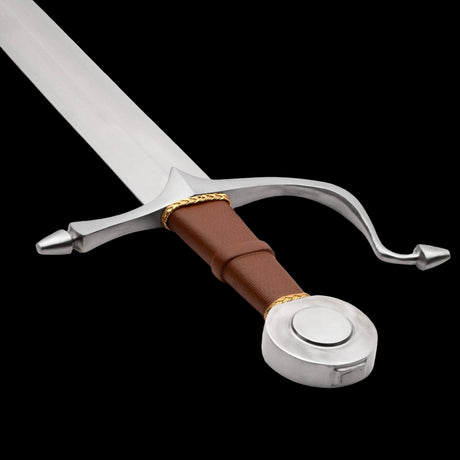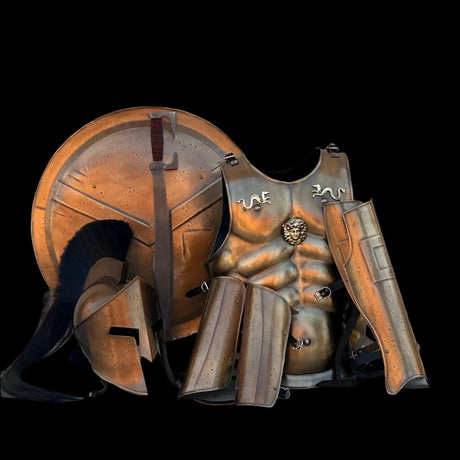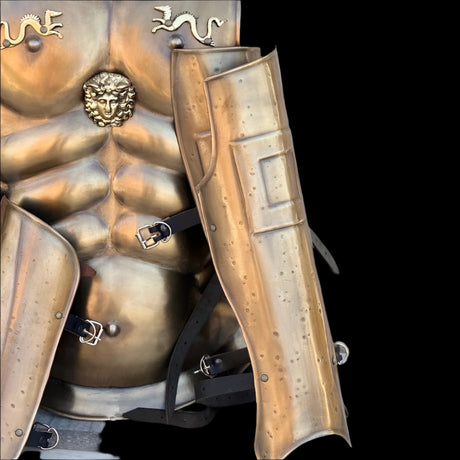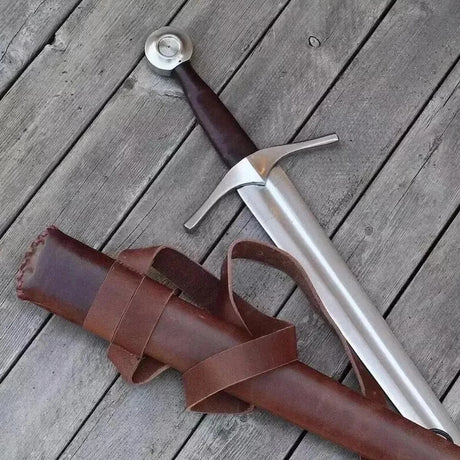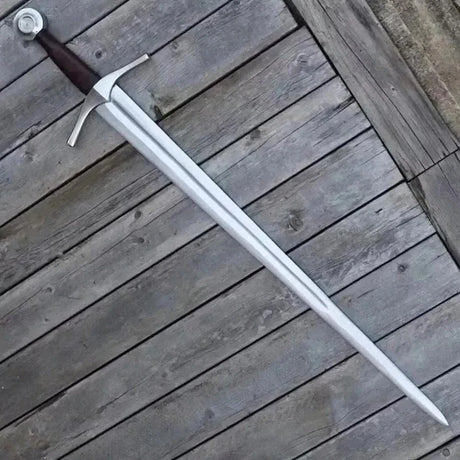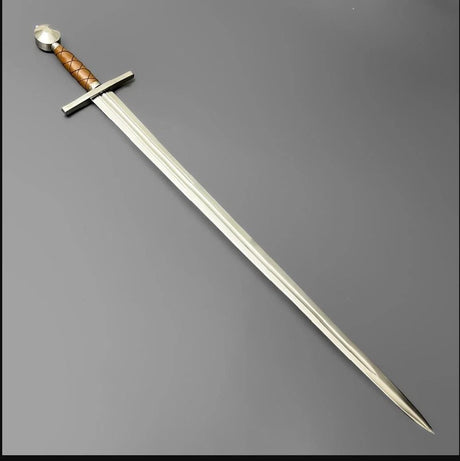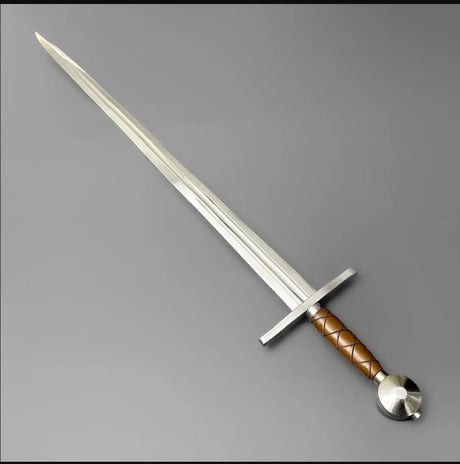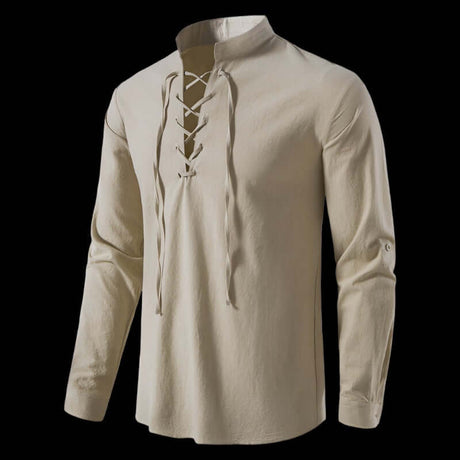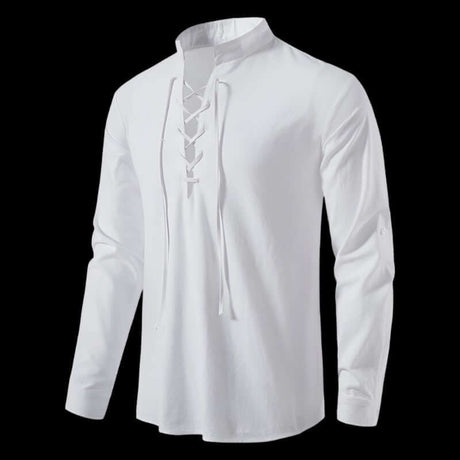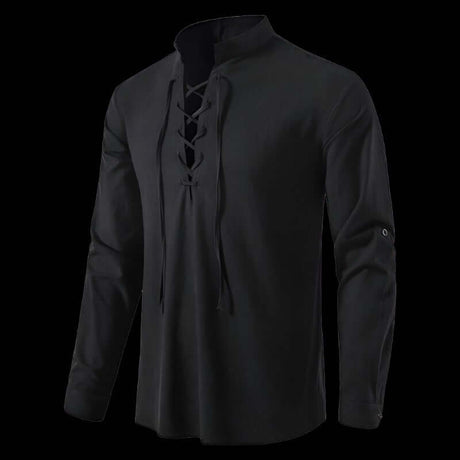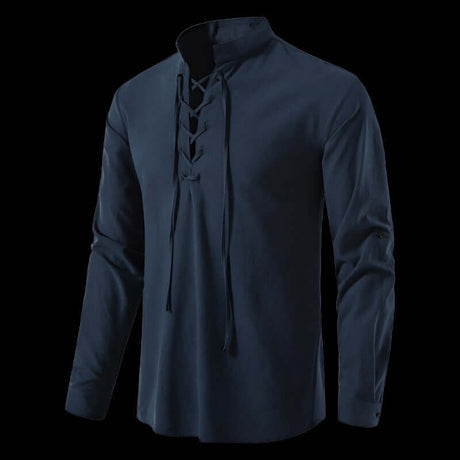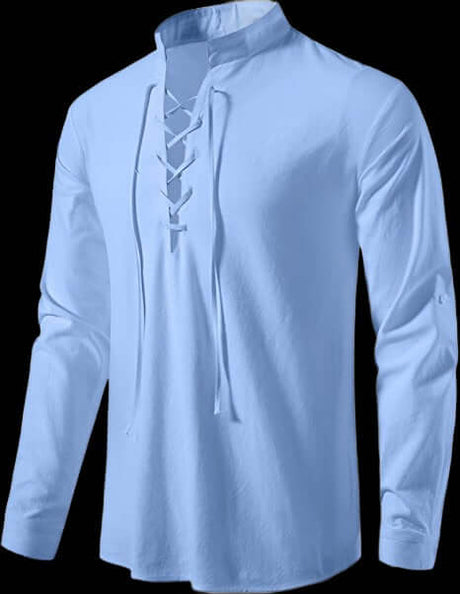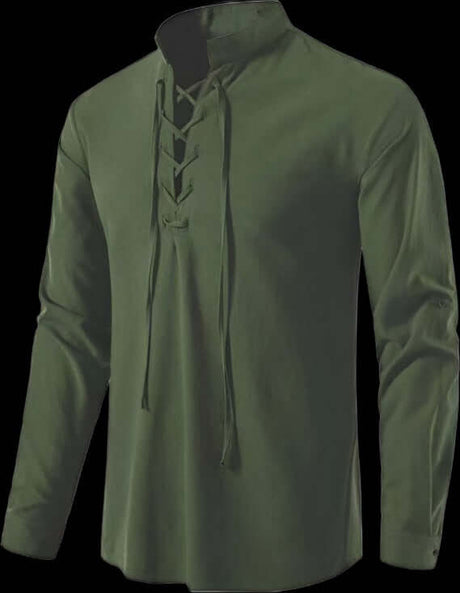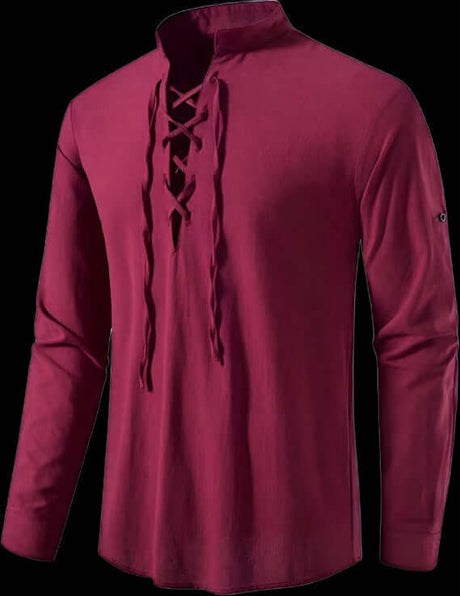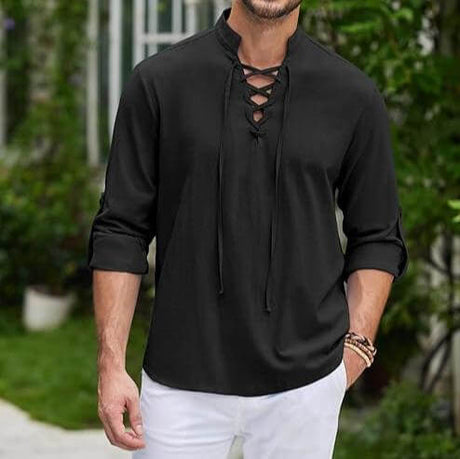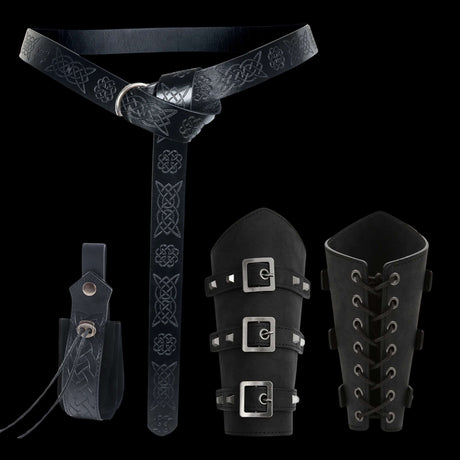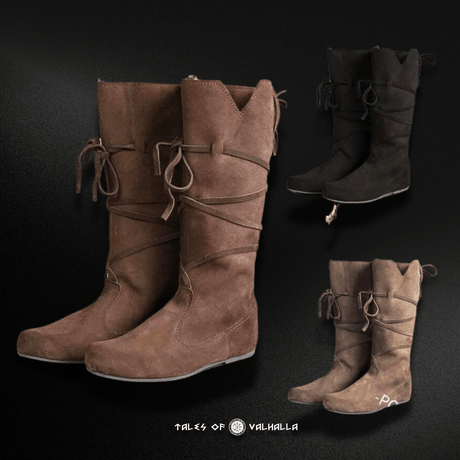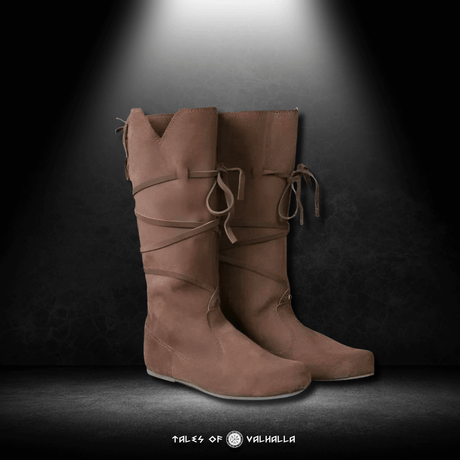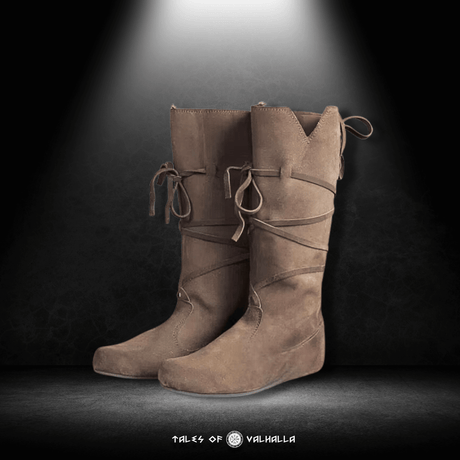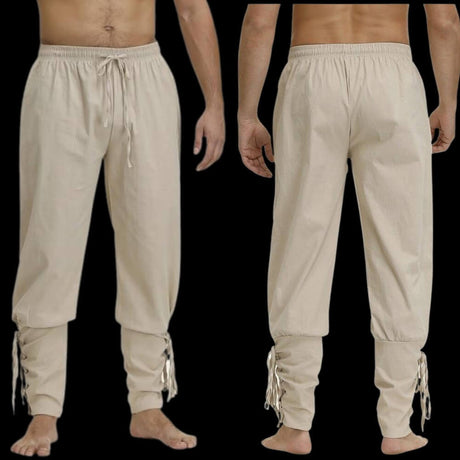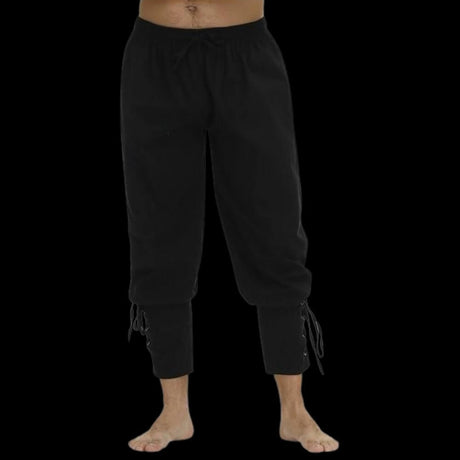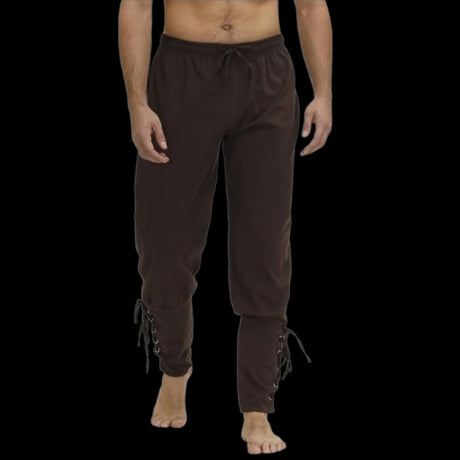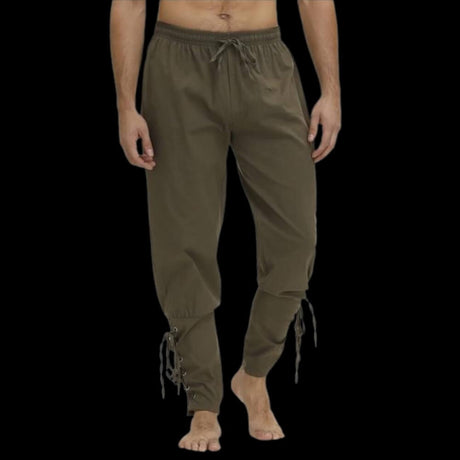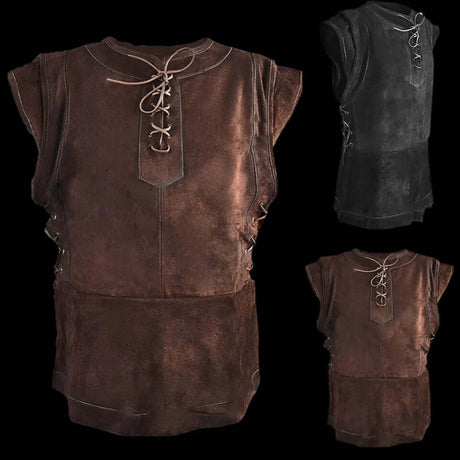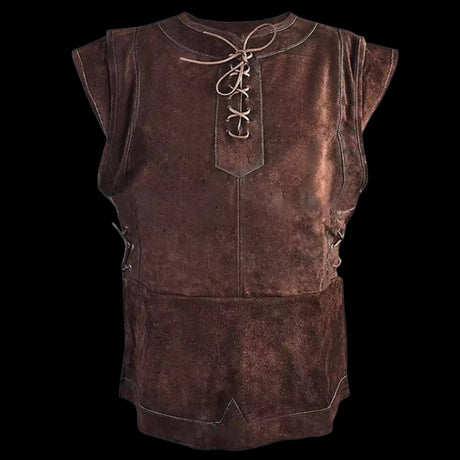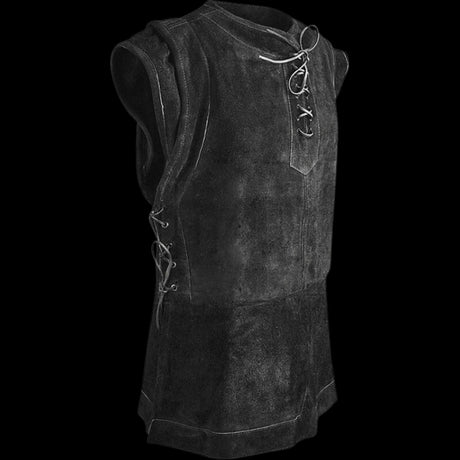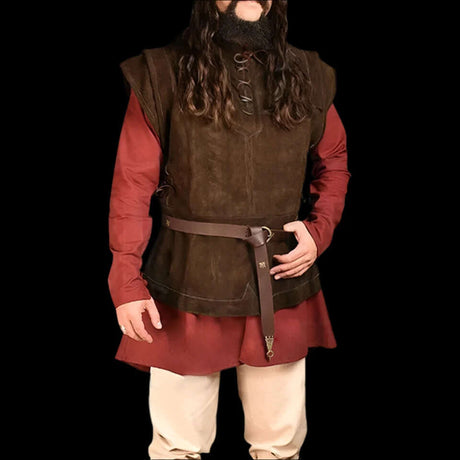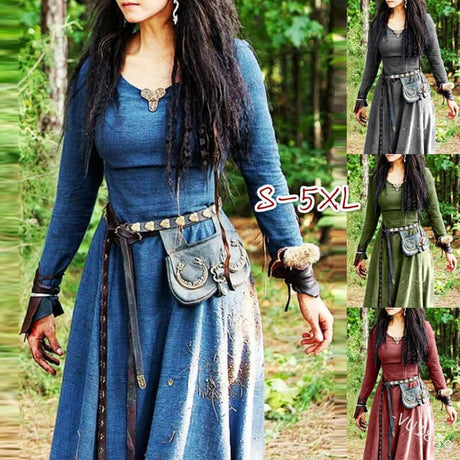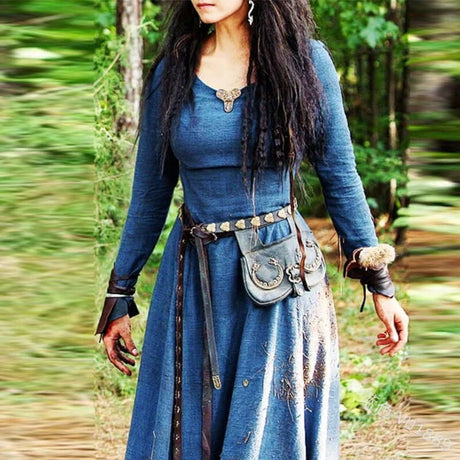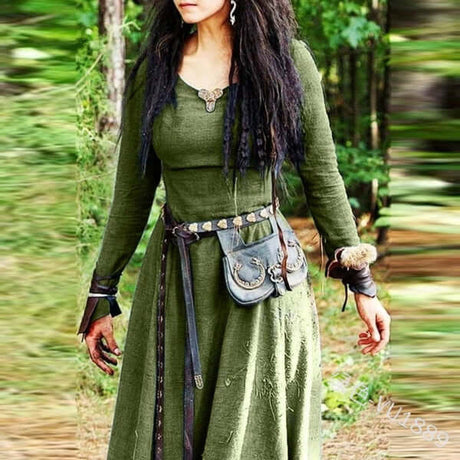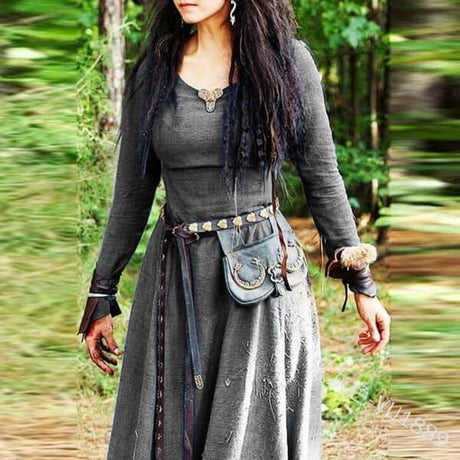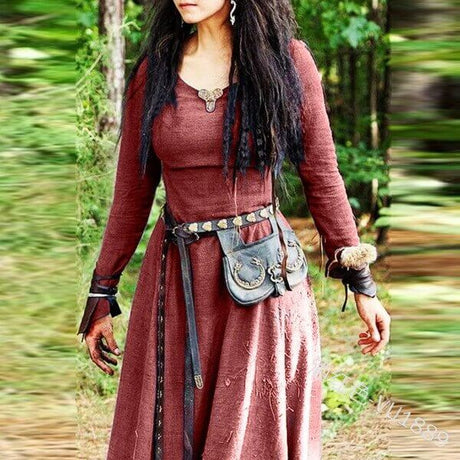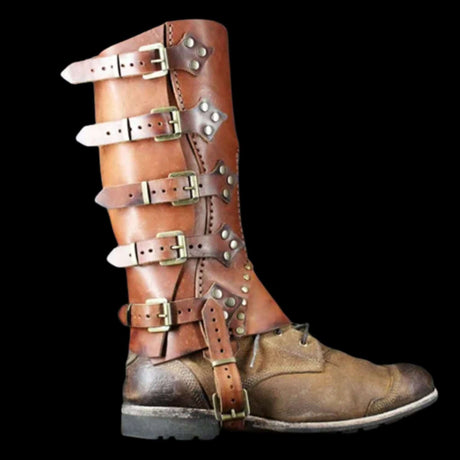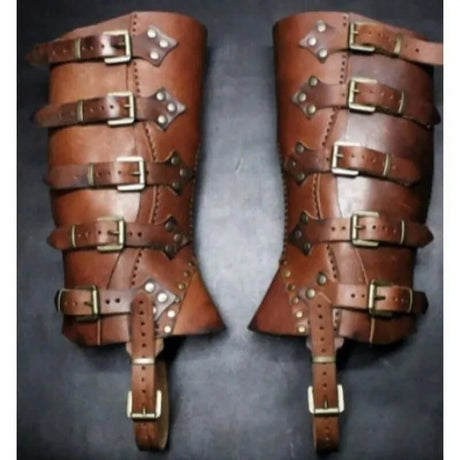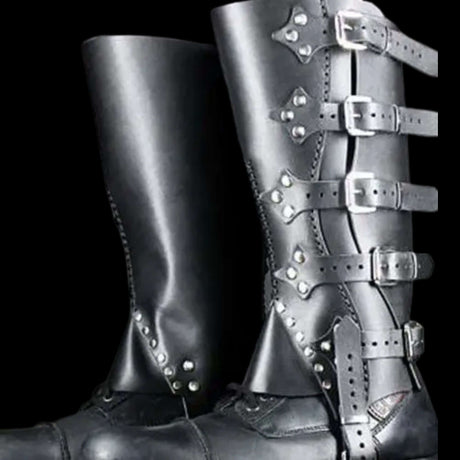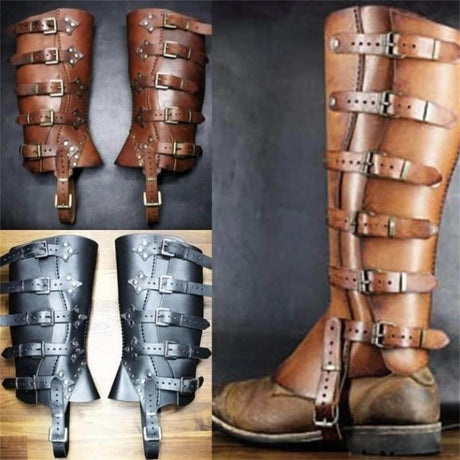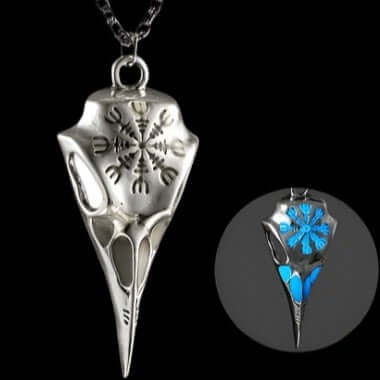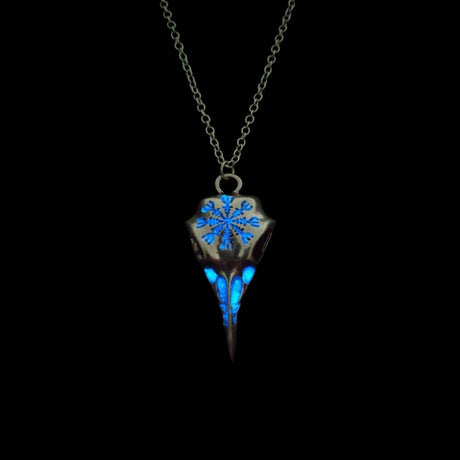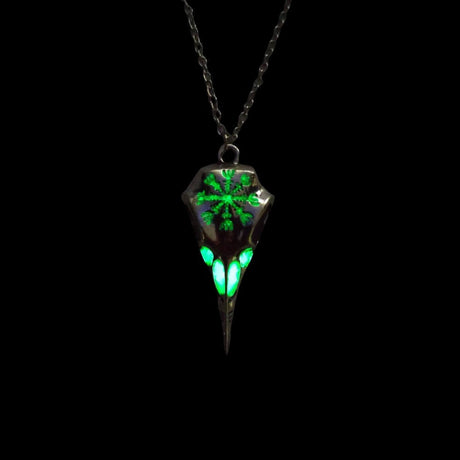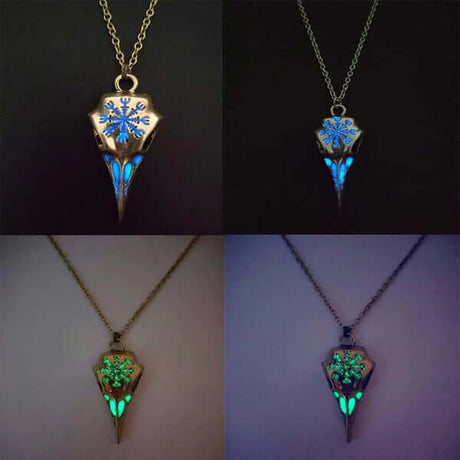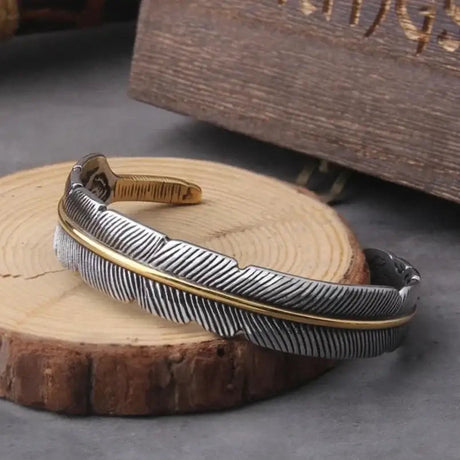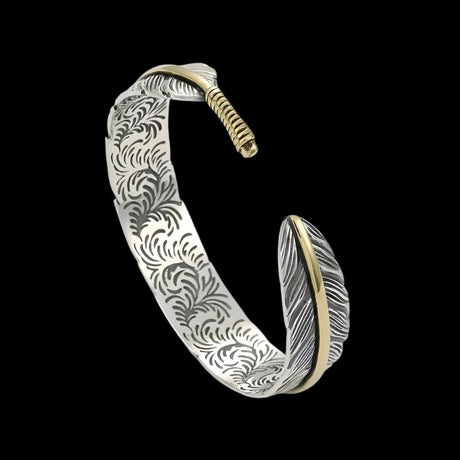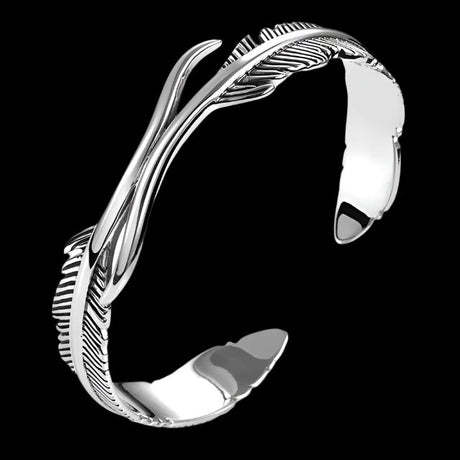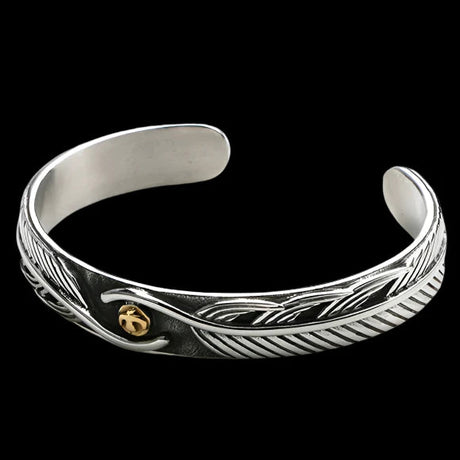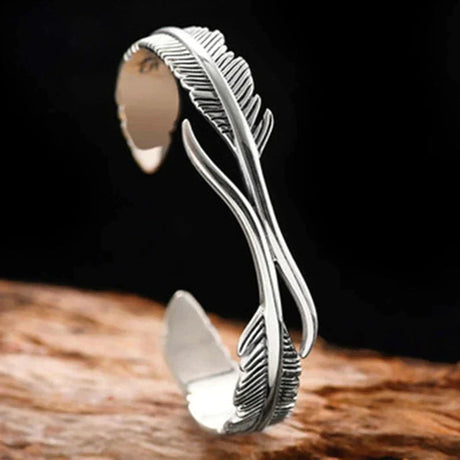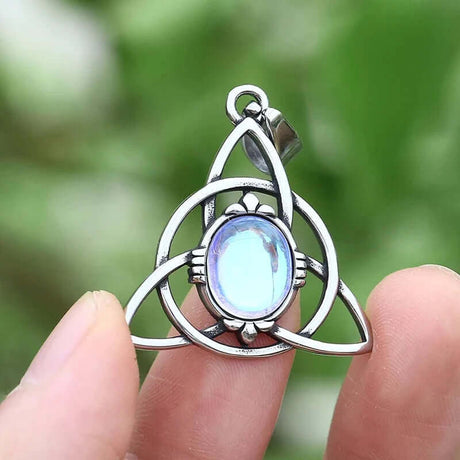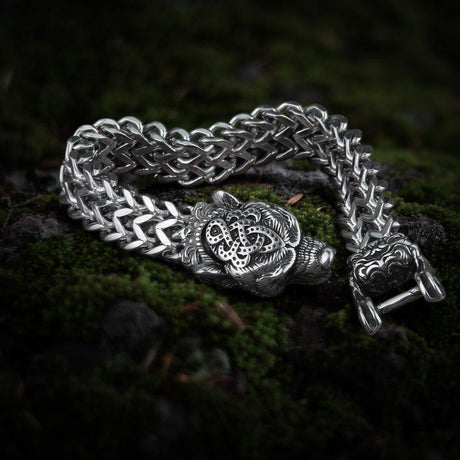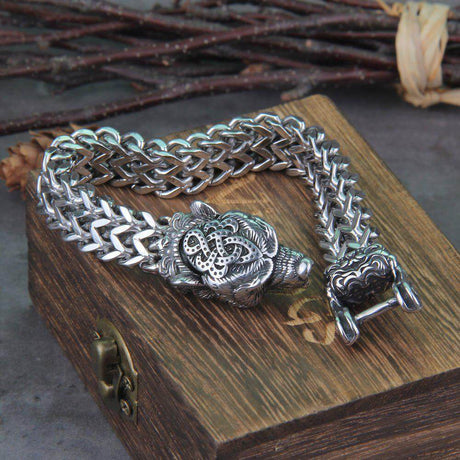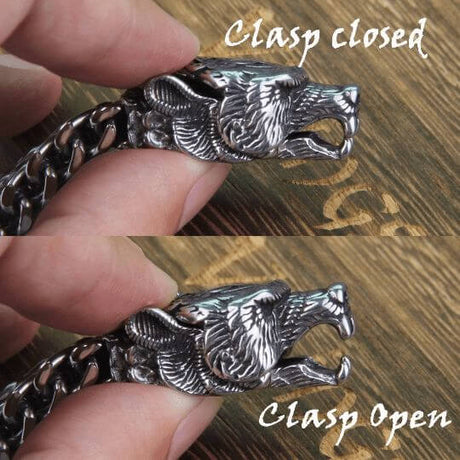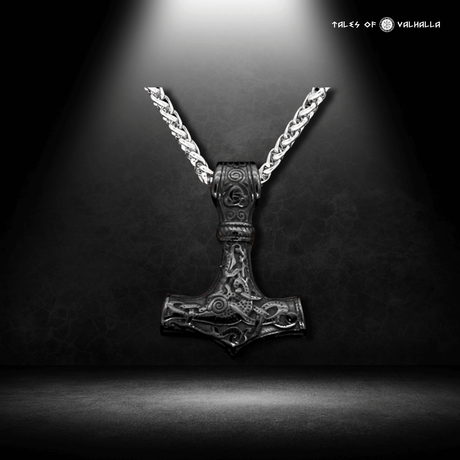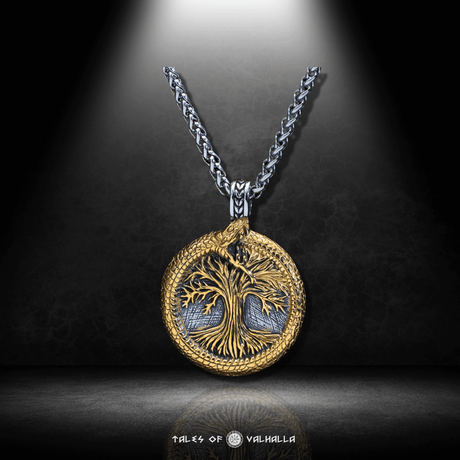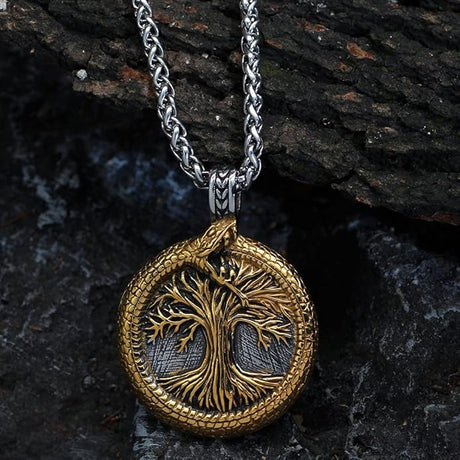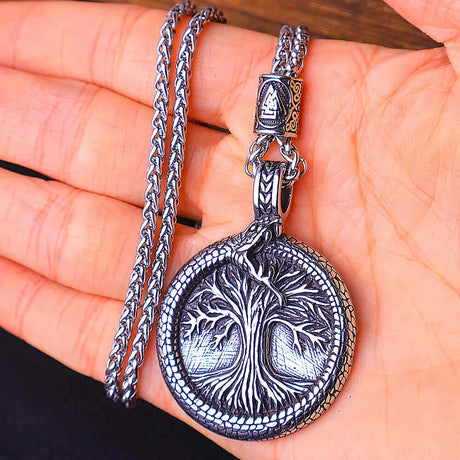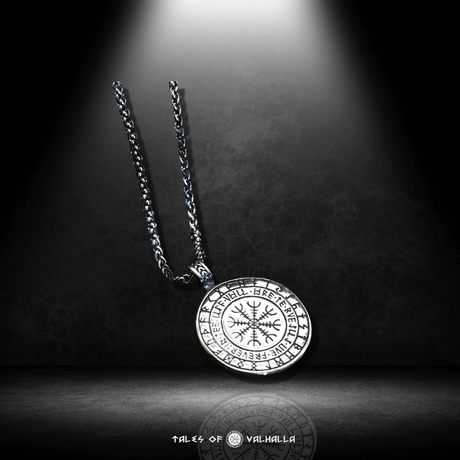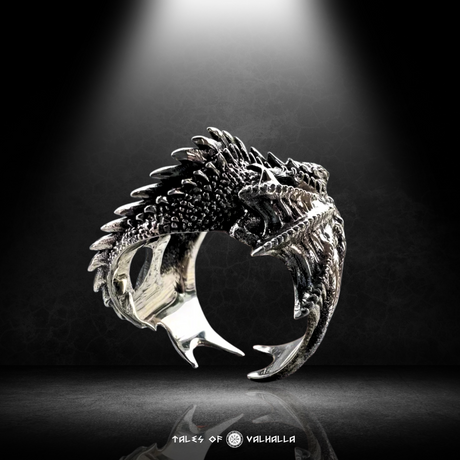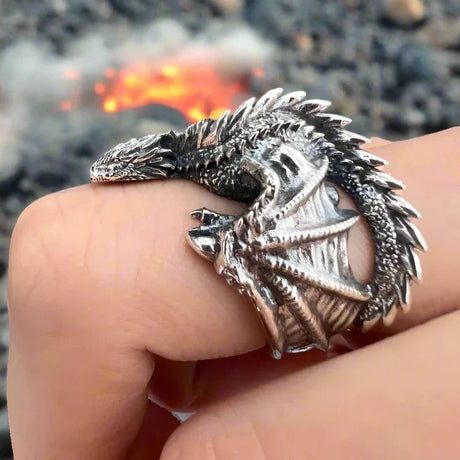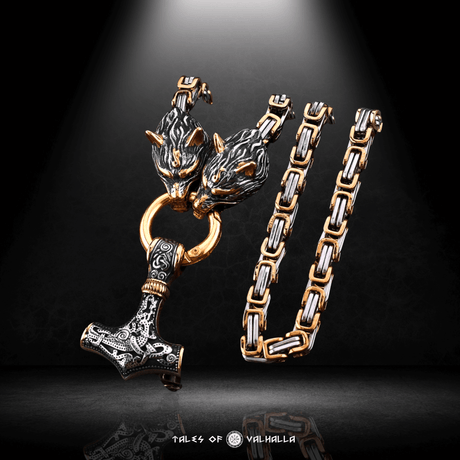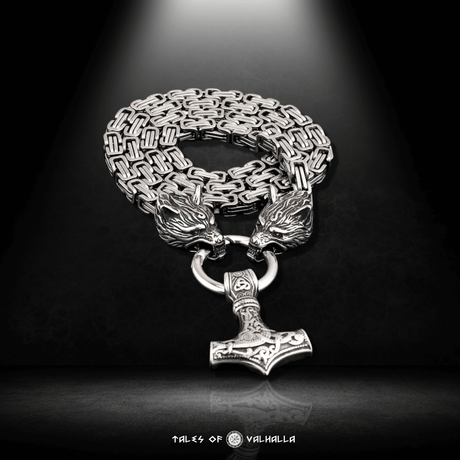The world of the Vikings is steeped in mystery, power, and a deep, resonant symbolism that continues to captivate us today. Central to this mystique are the runes – the ancient alphabet of the Norse people. We see them carved on stones, etched into weapons, and worn as amulets, sparking a modern fascination with their hidden meanings. This has given rise to the popular concept of Runic Numerology, the idea that runes held specific numerical values used for divination and to unlock cosmic secrets. But is this ancient practice real? Did Vikings use a complex system of Runic Numerology to chart their fates?
The answer is a fascinating journey that separates historical fact from modern spiritual invention. While the Vikings certainly had numbers and their runes were profoundly significant, the system many today call Runic Numerology is not what you might think. This guide will delve deep into the historical evidence to uncover how the Vikings actually counted, the true spiritual significance of numbers in their worldview, and how the modern practice of Runic Numerology came to be.
The Allure of Runic Numerology: Why We Want It to Be Real
Before we debunk the myth, it’s important to understand why the idea of Runic Numerology is so compelling. In our modern, data-driven world, there's a profound desire to find deeper, hidden meanings in ancient wisdom.

The Allure of Runic Numerology
- A Search for Secrets: The idea that the Vikings possessed a secret system of knowledge, a numerical code embedded within their sacred alphabet, is incredibly alluring. It suggests a layer of esoteric wisdom waiting to be rediscovered.
- The Power of Numerology: Systems like Pythagorean or Chaldean numerology have a long history of ascribing mystical properties to numbers and letters. It’s natural for modern enthusiasts to want to apply a similar framework to the equally mystical runes, leading to the development of what is now known as Runic Numerology.
- Pop Culture Influence: Fantasy genres, video games, and modern spiritual paths often portray runes as having inherent numerical and magical values that can be combined and calculated. This has solidified the concept of a complex Runic Numerology in the popular imagination.
This modern desire for a structured magical system is powerful, but to truly understand and respect Viking culture, we must first look at what the historical evidence tells us.
The Historical Reality: Debunking the Myth of Viking Runic Numerology
When we sift through the archaeological and literary evidence from the Viking Age (roughly 793-1066 AD), a clear picture emerges: there is no historical basis for a system of Runic Numerology as it is commonly understood today.
Runes as an Alphabet, Not a Number System
First and foremost, the primary function of the runes (whether the earlier Elder Futhark or the later Younger Futhark used during the Viking Age) was as a phonetic alphabet.
- Representing Sounds: Each rune represented a specific sound, just like the letters of our modern alphabet. Their main purpose was for writing – carving names, memorials, short messages, or labels onto objects.
- No Numerical Values: Unlike Roman numerals (I, V, X, L), where letters have explicit numerical values, runes did not serve this function. There is no evidence of Vikings using runes to perform calculations, record quantities, or write dates in a numerical fashion. The entire framework of modern Runic Numerology is absent from historical sources.
What the Sagas and Eddas Don't Say
Our richest sources for the Viking worldview are the Poetic Edda and the Prose Edda, along with the Icelandic Sagas. These texts detail mythology, social customs, and beliefs in great detail.
- A Conspicuous Absence: Despite containing intricate details about Norse cosmology, magic (Seidr, Galdr), and the magical properties of runes themselves, these texts make no mention of a system of Runic Numerology. If assigning numerical values to runes for divination or calculation was a significant practice, it is highly likely that it would have been mentioned in these extensive sources. The silence on the topic of Runic Numerology is telling.
The historical conclusion is clear: the idea of a Viking-era Runic Numerology where, for example, Fehu (ᚠ) equals 1, Uruz (ᚢ) equals 2, and so on, for complex divination is a modern creation, not an ancient practice.
So, How Did Vikings Actually Count and Use Numbers?
If they didn't use a system of Runic Numerology, how did the Norsemen handle the practical need for numbers in their daily lives? The answer is a combination of simple, universal methods and later, adopted systems.
Spoken Numbers: The Primary Method
Like virtually every culture throughout history, the Vikings' primary method of counting was verbal. They had words for numbers in their language, Old Norse.
- Einn, Tveir, Þrír...: The Old Norse words for one, two, three, and so on, were used in everyday speech, trade, and legal matters. This was the most common and straightforward way of expressing quantity.
Tally Marks and Simple Notches
For keeping records, especially for those who were not fully literate in runic carving, the simplest method would have been used: tally marks.
- Universal and Practical: Carving notches into a piece of wood, bone, or even stone is a universal and ancient method of counting. A Viking farmer could easily track his livestock by carving a notch for each animal. A merchant could record a debt or a quantity of goods with a series of simple marks.
- Archaeological Plausibility: While a simple notched stick is unlikely to be identified definitively as a "counting stick" in the archaeological record, this method is so common and practical that it's almost certain Vikings used it. This simple system worked perfectly well without any need for a complex Runic Numerology.
Story Vignette 1: A Merchant's Reckoning Olaf the Trader stood at the bustling market in Hedeby, his hands on his hips. He was negotiating a trade of fine amber from the Baltic for a bolt of shimmering silk brought from Miklagard (Constantinople). The Frankish merchant, a man used to Roman numerals and ledgers, watched as Olaf pulled out a small wax tablet. With a stylus, Olaf didn't carve runes; he simply drew lines. He tallied the weight of the amber against the agreed price in silver coins. For a larger count of furs he'd traded earlier, he pulled out a stick from his belt, its surface covered in groups of five notches. His system was simple, direct, and understood by traders of all backgrounds. There was no need for a mystical Runic Numerology; just the clear, indisputable language of practical counting.
The Runic Calendar (Primstav): The Closest Historical Link
There is one specific, fascinating historical artifact that does link runes to numbers, but not in the way modern Runic Numerology suggests. This is the Runic Calendar, or Primstav.
- A Perpetual Calendar: The Primstav was a calendar stick, often made of wood, used to keep track of the days and important dates of the year. It had two sides: a summer side and a winter side.
- Symbols and Runes: Days were marked with notches. Special feast days, pagan holidays, and later, Christian saints' days, were marked with unique symbols.
- The "Golden Numbers": This is the crucial part. To calculate the date of Easter and track the phases of the moon, these calendars used a system based on the 19-year Metonic lunar cycle. To represent the numbers 1 through 19, they used the first 19 runes of the Younger Futhark. For example, Fe (ᚠ) represented 1, Ur (ᚢ) represented 2, and so on, up to Lgr (ᛚ) for 19.
- Crucial Distinction: It is vital to understand that this was not a system for general mathematics or divination. It was a specific, practical tool for calendrical calculation. The runes were simply convenient symbols used to represent a specific set of 19 numbers for a single purpose. This calendrical use is the only historically documented system where runes correspond to numbers, and it has no connection to the spiritual or divinatory practices of modern Runic Numerology.
Roman Numerals in Later Periods
As the Viking Age progressed and culminated in the Christianization of Scandinavia, increased contact with mainland Europe introduced new systems. Literate Norsemen, particularly clergy and merchants, would have learned and used the Roman numeral system, which was the standard for trade and record-keeping in Christian Europe.
The Spiritual Significance of Numbers in Norse Mythology (Without Runic Numerology)
Just because Vikings didn't practice Runic Numerology doesn't mean numbers held no spiritual significance for them. On the contrary, Norse mythology is rich with numbers that hold clear symbolic power. The Vikings found magic in the numbers themselves, not by assigning them to runes.

The Spiritual Significance of Numbers in Norse Mythology
The Number Three: A Number of Power and Destiny
The number three appears repeatedly in Norse mythology, often signifying power, fate, or major events.
- Divine Trios: Odin, Vili, and Vé (the three creator gods); Odin, Hœnir, and Lóðurr (the three gods who created humanity in Völuspá).
- The Norns: The three powerful Fates – Urðr (Past), Verðandi (Present), and Skuld (Future) – who weave the destiny of all beings.
- Yggdrasil's Roots: The World Tree has three great roots, each leading to a different realm.
- Odin's Trials: Odin took three sips from the Mead of Poetry to gain wisdom.
- Loki's Children: Loki had three monstrous children with the giantess Angrboða: Fenrir, Jörmungandr, and Hel.
The Number Nine: The Most Sacred Number of All
Nine was arguably the most significant and sacred number in Norse cosmology, representing completion, cycles, and the structure of the universe itself.
- The Nine Worlds: The cosmos is comprised of Nine Worlds, held within the branches and roots of Yggdrasil.
- Odin's Ordeal: Odin hung on Yggdrasil for nine days and nine nights to learn the secrets of the runes.
- Heimdall's Mothers: The god Heimdall was born of nine mothers (who were sisters).
- Draupnir's Magic: Odin's magical ring, Draupnir, would produce eight new gold rings every ninth night, symbolizing immense wealth.
- Valknut: The Valknut symbol is often depicted with nine points or lines.
- Thor's Steps: After slaying the Midgard Serpent at Ragnarök, Thor takes nine steps before succumbing to its venom.
Table: Significant Numbers in Norse Mythology
This table shows that while a formal system of Runic Numerology didn't exist, the Norse people certainly imbued specific numbers with profound cosmological and magical meaning.
The Modern Invention of Runic Numerology: A New Age Path
So, if historical Runic Numerology is a myth, where did the modern practice come from? It emerged primarily from 20th-century New Age and Neopagan movements.
Syncretism and Modern Esotericism
Modern spiritual practitioners, inspired by the mystique of the runes, sought to create more complex divinatory systems. They often borrowed concepts from other established esoteric traditions and applied them to the Norse runes.
- Applying Existing Models: The idea of assigning numerical values to letters comes from systems like Greek Isopsephy, Hebrew Gematria, and Pythagorean numerology. Modern creators of Runic Numerology essentially applied this pre-existing model to the Futhark alphabet.
- The Elder Futhark System: Modern Runic Numerology almost exclusively uses the 24 runes of the Elder Futhark. It assigns a number (1-24) to each rune based on its order in the alphabet. Divination is then performed by calculating numerical values of names or dates to find a "birth rune" or "name rune," a practice entirely absent from historical sources.
A Tool for Modern Meaning-Making
It is crucial to state that while modern Runic Numerology is not historically authentic, it can still be a valid and meaningful spiritual tool for contemporary practitioners.
- Personal Insight: For many today, using this system provides a framework for self-reflection, meditation, and personal growth. It's a way to connect with the archetypal energies of the runes in a structured manner.
- The Key Distinction: The vital takeaway is to differentiate this modern spiritual path from historical Viking Age practice. Appreciating and using modern Runic Numerology is perfectly fine, as long as it isn't presented as an authentic, ancient Viking tradition.
Story Vignette 2: Clara's Connection Clara sat at her small wooden table in her apartment in Austin, Texas, a velvet pouch of hand-carved runes before her. She was exploring a book on modern Runic Numerology. Following the instructions, she wrote down her name, assigned a number to each letter based on its corresponding rune, and performed the calculation. The result pointed her to Laguz (ᛚ), the rune of water, flow, and intuition. She read about its meaning, reflecting on how it connected to her life as an artist and her recent feelings of needing to "go with the flow." For Clara, this practice wasn't about recreating a historical Viking ritual. She knew it was a modern system. But it was a powerful tool for her, a way to use the ancient symbols as a lens for self-discovery and to feel a personal connection to the Norse archetypes that inspired her.
Conclusion
the concept of Runic Numerology as an ancient Viking practice is a modern myth. The historical record shows that Vikings counted with words and tallies, and while numbers like three and nine held profound spiritual significance in their mythology, there is no evidence they assigned numerical values to runes for divination or calculation. The system known today as Runic Numerology is a contemporary spiritual tool, valid for modern self-discovery but distinct from historical reality. By understanding this difference, we can appreciate the runes and Norse culture with greater clarity and respect. For those inspired to explore the authentic symbols and powerful stories of the Viking Age, resources like tales of valhalla offer a deeper connection to this fascinating world.
6 FAQs
1. Q: Did Vikings use Runic Numerology for magic or counting?
A: No, there is no historical or archaeological evidence that Vikings practiced a system of Runic Numerology where letters had specific numerical values for divination or mathematics. The runes' primary function was as an alphabet for writing.
2. Q: If not with runes, how did Vikings count or keep track of numbers?
A: Vikings primarily used spoken words for numbers in everyday life (e.g., einn, tveir, þrír for one, two, three). For record-keeping, they likely used simple, universal methods like carving tally marks on wood or bone. In later periods, with more contact with Europe, they also adopted Roman numerals for trade and official records.
3. Q: Did numbers have any magical or spiritual meaning to Vikings?
A: Yes, absolutely. While they didn't have Runic Numerology, specific numbers held profound symbolic power in Norse mythology. The number three (e.g., the three Norns of Fate) and especially the number nine (e.g., the Nine Worlds, Odin's nine nights on Yggdrasil) were considered highly significant and magical.
4. Q: I heard runes were used for numbers on calendars. Is this true?
A: Yes, but in a very specific context that is not Runic Numerology. On Runic Calendars (Primstav), the first 19 runes of the Younger Futhark were used as "Golden Numbers" to represent the years in the 19-year Metonic lunar cycle. This was a practical calendrical tool for calculating dates, not a system for general mathematics or divination.
5. Q: If Runic Numerology isn't historical, where did it come from?
A: The system known today as Runic Numerology is a modern invention, emerging primarily from 20th-century New Age and Neopagan movements. It was created by applying concepts from other esoteric traditions (like Pythagorean or Kabbalistic numerology) to the ancient Futhark alphabet.
6. Q: Is it "wrong" to be interested in or use modern Runic Numerology?
A: No, it's not "wrong" to use it as a modern spiritual tool for personal growth or self-reflection. The key is to understand and acknowledge that it is a modern practice and not an authentic, historical Viking system. Respecting the history means differentiating between ancient practices and contemporary interpretations.

